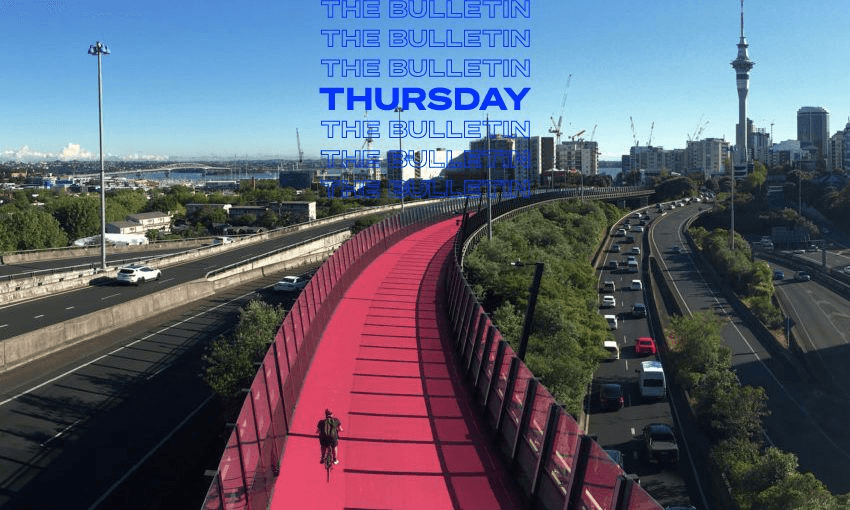The climate change minister has explained, in broad strokes, how the country will begin to reduce greenhouse gases in the coming years, Justin Giovannetti writes in The Bulletin.
The government has released a draft plan to begin cutting New Zealand’s emissions. While there are significant gaps in the programme and months of consultations remain to nail down all the details, climate change minister James Shaw has unveiled the broad strokes of how the country will begin a long slog to reduce its greenhouse gas emissions. Following advice from the Climate Change Commission earlier this year, no sector of the economy will be untouched and the way New Zealanders live could change in ways both small and profound.
The plan arrives nearly a year after the government declared a climate emergency. The minister has said the paper itself is only the start of discussions with the public, with a final plan due in the middle of next year. However, he’ll be taking it to the COP26 climate conference in Glasgow in a few weeks. Shaw spoke with this newsletter last month about the conference and his plans.
Transportation will be at the centre of climate action. As Newsroom reports, the plan’s most detailed section revolves around transportation. For many people, this is where things will change. Zero-emissions vehicles need to make up 30% of the country’s light vehicle fleet (passenger and commercial vehicles) by 2035, along with a proposal to chop the distance travelled by cars by 20%. That means requiring city planners to build much more compact, walkable neighbourhoods soon. Auckland, Tauranga, Hamilton, Wellington, Christchurch and Queenstown will need to put forward plans that cut driving by 20%. That requires much more than a few extra bike lanes.
The reviews have already been fierce. Shaw chuckled yesterday when told that Greenpeace had already described the plan as “udder bullshit,” a reflection of the silence on reducing agricultural emissions. The government has a separate programme underway with agriculture, according to Shaw, explaining why the overall climate plan says there’s no role for the industry responsible for nearly half the country’s emissions. Other critics have focused on the lack of clarity and what some have described as a lack of ambition. All the proposals put forward so far don’t cut emissions by enough to match the country’s targets, according to Stuff. Significant debates around tree planting and the price of credits on the carbon market are also unresolved.
Does the plan rely too much on outsourcing emissions? In its analysis of the plan, the FIRST union raised concerns that almost half of the country’s expected emissions reduction over the next few years comes from the closure of the Marsden Point refinery. Under the most pessimistic scenario put forward by the government, the closure accounts for 95% of the country’s reductions by itself. “It is important to note that it will not actually reduce global emissions, it outsources them to other countries, many of which have lower environmental and labour standards than we do,” the union warned. Richard Wagstaff, president of the Council of Trade Union, made a similar argument in The Spinoff.
The government has also changed its climate plan to make it a bit easier in the short term. The NZ Herald reports that the amount of emissions we can put out in the next few years has been revised up, allowing for more creation of greenhouse gases, albeit at the cost of sharper reductions in decades to come.
The proposed size of the intervention might be fracturing the country’s bipartisan consensus. While a number of groups have criticised the plan for not going far enough, National party climate change spokesman Stuart Smith says it goes too far. “The plan should have simply stated an intention to continue the bipartisan consensus that the capped Emissions Trading Scheme will deliver most of our reductions, implement the agricultural programme He Waka Eke Noa and consider some measures to address forestry concerns and nudge people towards electric cars,” he said. New Zealand has benefited from a wide political consensus on climate change to this point. It’s unclear if Smith’s comments mean the consensus is now breaking.
This is part of The Bulletin, The Spinoff’s must-read daily news wrap. To sign up for free, simply enter your email address below
